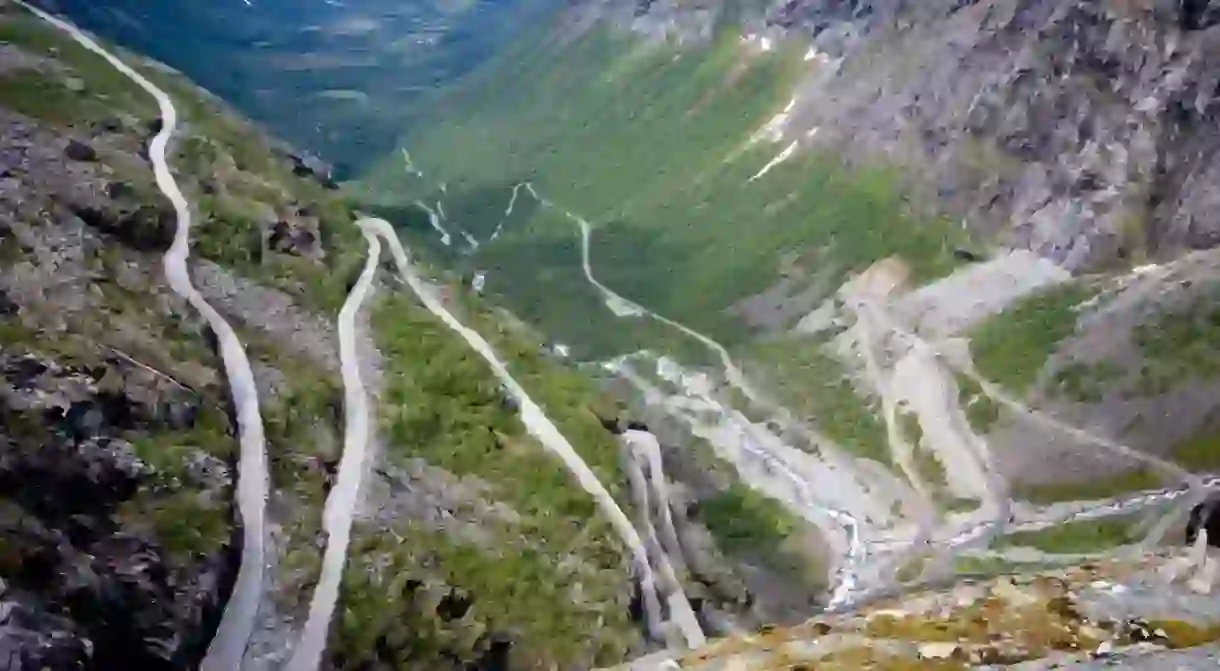11 of the Toughest Climbs in Cycling From Around the World

With the cycling season in full swing, it’s the perfect time to honour the brutal ascents of the cycling world. While it would be easy to compile a list entirely from stages in the Alps, this ventures a little further afield, but the climbs are no less painful or fear inducing.
Mont Ventoux, French Alps
The biggest and baddest? This Alpine behemoth is a fraction under 2,000 metres of Provencal muscle. The surrounding terrain is relatively flat, meaning ‘The Giant of Provence’ juts out from the ground below in total and utter dominance of the area. At its peak, winds can exceed 200mph, and its list of victims include the very best cyclists to have ever sat on a bike saddle.

Rila, Bulgaria
Starting at 800 metres above sea level, this winds up 2,500 metres until the top point in Pastra over a distance of 15km. The average gradient for that distance is a terrifying 11.7 %, but can get as high as 20% in places. The surrounding scenery is glorious, so it’s a shame riders can’t look at much else other than their handlebars while gasping for air.

Alto de Letras, Colombia
Quite possibly the longest climb in the world, this consists of 82km of continuous ascent. The average gradient is only 4%, but it shifts frequently (often above 10%), and when riders reach the top they sit 3,692m above sea level. Mercifully, there are a few short downhills every 20km or so, but because there is the altitude to contend with relief is scarce.
Hardknott Pass, United Kingdom
At only 2.2km, the distance isn’t the issue with this Cumbrian climb, it’s the combination of switchbacks while being incredibly steep. There are parts of the Hardknott Pass that reach 33%, meaning if you can scale this, you can probably tackle most things. Rider should know that the descent is as terrifying as the climb.

Stelvio Pass, Italian Alps
Seventy hairpin bends of tarmac gradually find their way up the 2,757 metres of this brutal, bucket list climb. The length and the gradient are soul destroying, and the altitude is such that for the vast majority of the year, the road is blocked by snow and ice. Very few pro riders attack on the Stelvio because the mountain is aggressive enough to do that for you.

Mauna Kea, Hawaii, U.S.
Despite cyclists reaching the summit, this still seems impossible. This volcano reaches 4,200 metres at the top, with 70 km of continuous climbing, and if that wasn’t difficult enough the last seven kilometres is made up of loose gravel. It’s not uncommon for those attempting the brutal ‘white Mountain’ to switch to a mountain bike for the final push.

Trollstigen, Norway
One of the most beautiful climbs on this list, this road is surrounded by fjords and waterfalls cascading down the cliffs. Neither the distance nor the steepness is particularly challenging (relatively, of course) but the environment is spectacular. Climbing the ‘Troll’s Ladder’ is pure theatre.

Koppenberg, Belgium
As part of the Tour of Flanders, this climb has seen professional cyclists ultimately come to a standstill and eventually dismount, before pushing their bike up the rest of the way. While being steep is one thing, the fact that this climb is on cobblestones cranks everything up a notch.

Pico El Aguila, Venezuela
Situated in the south of Venezuela, Pico El Aguila climbs to 3963km over 66km of ascent. The climb starts in the city of Valera, growing steadily as you go, while offering more and more incredible views of the surrounding mountain ranges as you go.

Col du Tourmalet, Pyrenees, France
This hors catégorie climb is the most visited in the history of the Tour de France and, like Ventoux, has taken on a frightening reputation. Its gradient is totally relentless, with no easing for respite, that the very best climbers find it tough – heaven only knows how the sprinters feel when they’re crawling up.

Mount Teide, Tenerife
According to Michael Blann’s brilliant book, Mountains: Epic Cycling Climbs, training on this climb is what ensured Sir Bradley Wiggins won the Tour de France in 2012. In the book, Wiggins’ coach, Shane Sutton, says: ‘Teide is barren; it’s like the moon. Most people crack on Teide, they pop, but this is where Brad emptied the tank. He’d ride it like a time trail.’













